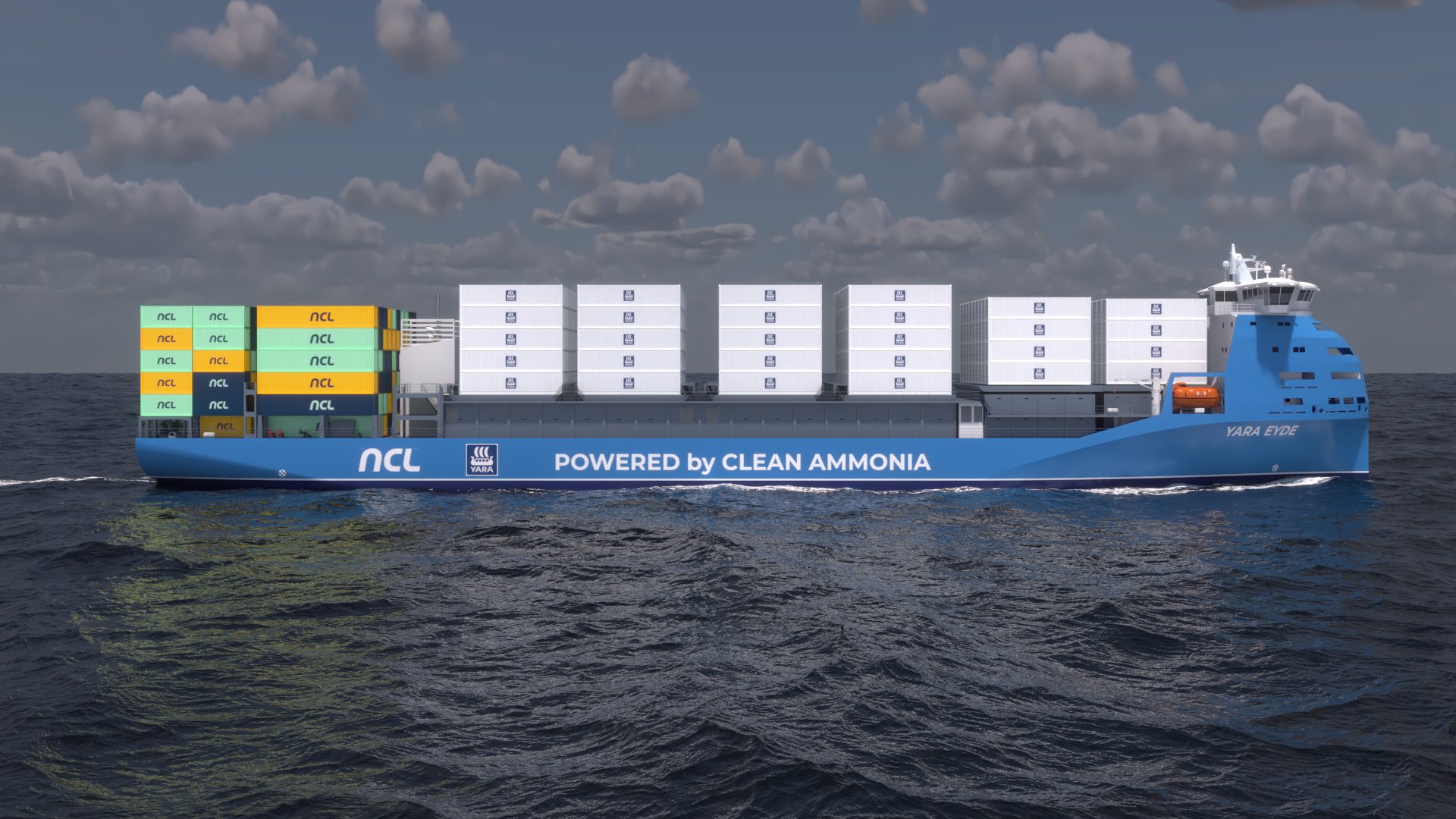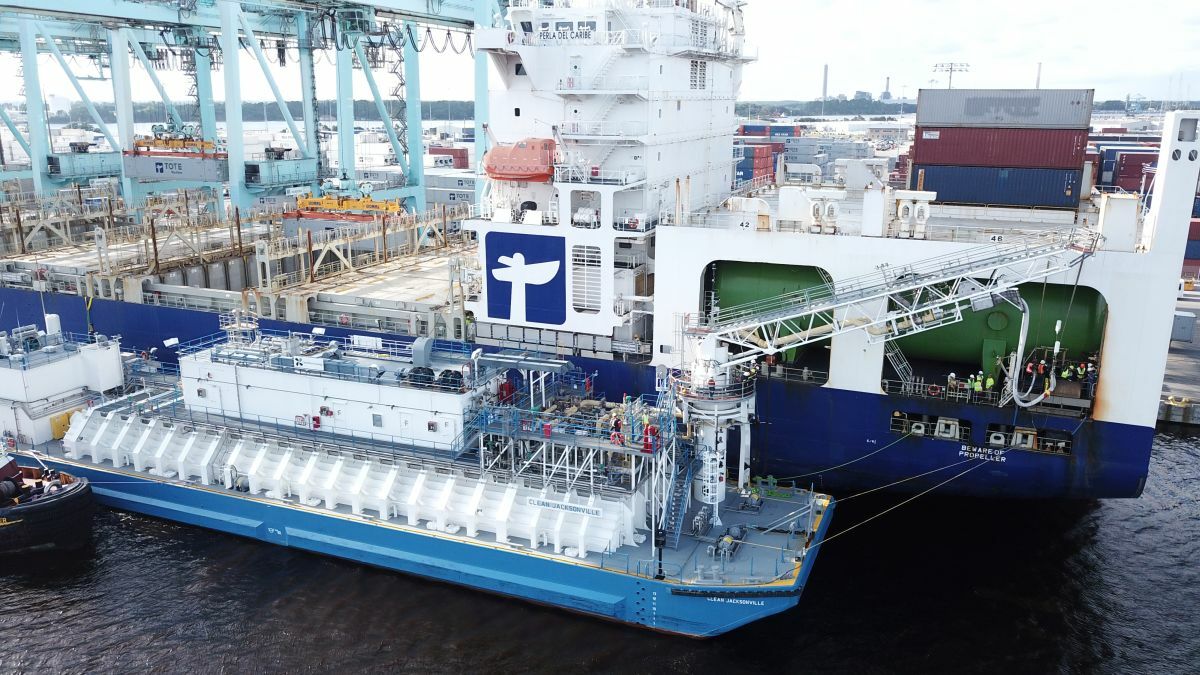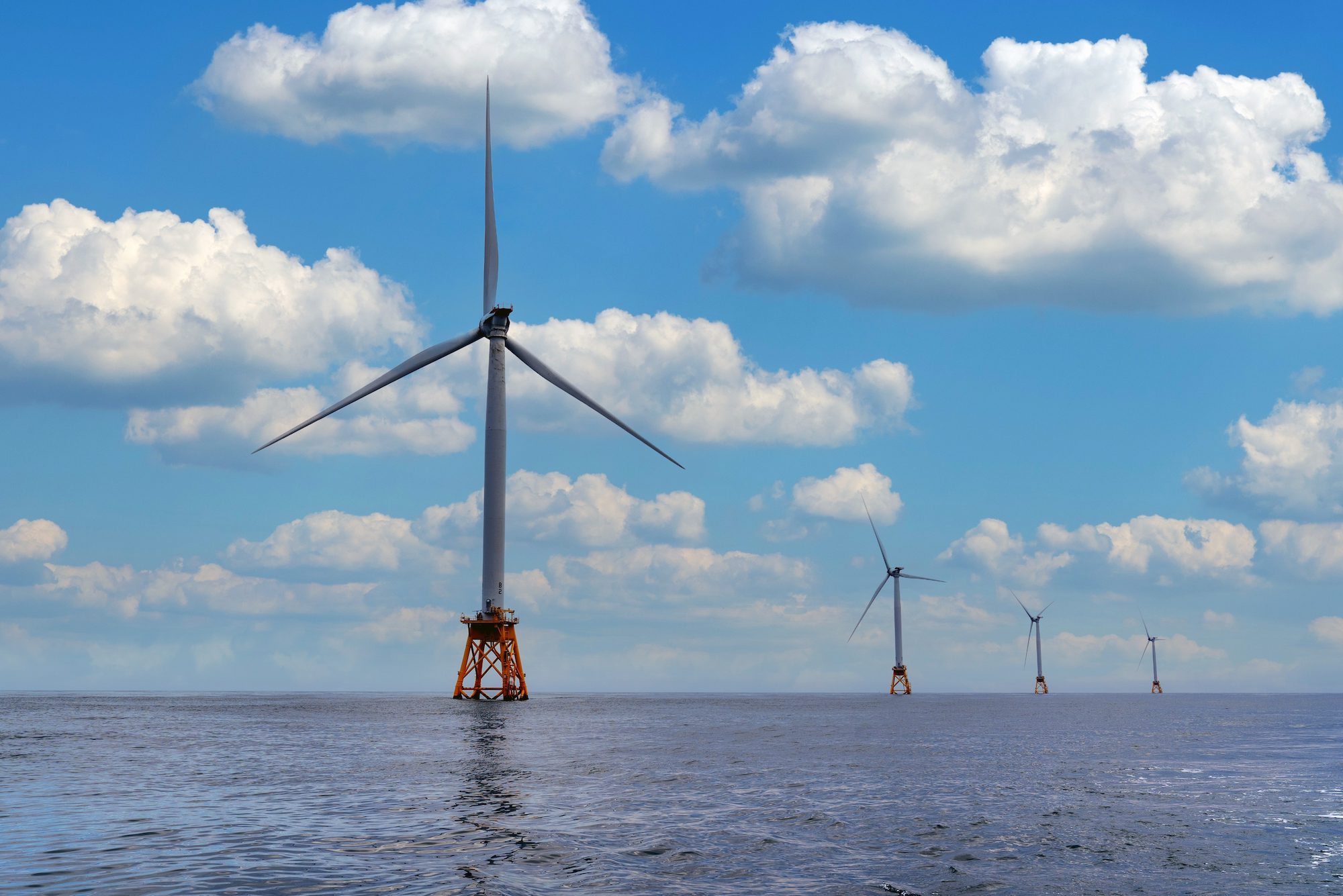by John Konrad (gCaptain) Snaking along the Gulf of Mexico’s seabed are thousands of pipes sending oil and gas from the myriad of oil, rigs and platforms to over 200 refineries, fuel, depots, and chemical plants lining the shoreline of the Houston ship channel.
The Houston region’s massive complex of petrochemical facilities take the piped oil/gas and use it to produce diesel, gasoline, avgas, bunkers, plastics, chemicals, and tens of millions of tons of carbon emissions every year. Most of the subsea pipes supplying these facilities flow north but a $100 billion plan first announced last year hopes to start building CO2 gas pipelines that flow south to offshore oil rigs. The rigs will pump the carbon into deep reservoirs located under the Gulf Of Mexico.
ExxonMobile, which has been under enormous environmental pressure since an activist investor, an environmental hedge fund called Engine No. 1, successfully waged a battle last year to install three directors on the board of the oil giant with the goal of reducing the company’s carbon footprint.
Many expected Engine 1 would demand investments in wind farms and solar arrays, but Exxon, America’s largest oil major, has decided that its best skill is allocating large amounts of capital to building and managing complex oil and gas-related projects. This skill could be used to build a large carbon capture system in Houston.
“Oil and gas or not the problem,” said Exxon CEO Darren Woods at a recent event. “The emissions are.”
The idea of carbon capture is not new to Texas. The first plant dedicated to capturing and storing carbon dioxide was built in the state more than half a century ago. Today there are around 35 commercial facilities applying carbon capture, utilization, and storage CCUS to industrial processes, fuel transformation, and power generation, with a total annual capture capacity of almost 45?metric tons of?CO2. There are roughly 300 more CCUS facilities being developed around the world including 80 in the United States.
But all of these projects lack the size, scope, and complexity required to make a measurable improvement on a global scale. Experts say that all of the current and proposed CCUS projects combined will be able to store less than one percent of the CO2 emitted each year.
This is where Exxon, a $440 Billion oil major that employs over 60,000 people skilled at managing risk and complexity on a massive scale, could step in and make a difference.
Offshore construction is extremely expensive and risky. Trillions of dollars in financing are currently looking for ESG solutions but Wall Street is not going to write a blank check for a start-up to undertake a massive project without skin in the game. An excellent massive reservoir of wealth and talent like Exxon’s, however, could be the key to locking enormous amounts of carbon away in underground tombs.
Can Exxon’s vast resources solve this problem?
Several energy giants have tried. The massive Gorgon liquefied, natural gas (LNG) project completed in 2017 in Western Australia cost $54 Billion and required years of planning from the best talent at Chevron, Exxon, Shell, and others. It included a large CCUS component, but problems with the storage and equipment led to government fines for missing carbon storage targets.
Energy giants, looking to invest in larger and significantly more complex projects will need to avoid expensive fines but will also need the financial resources and support of the wealthiest and most powerful organization in the world: the United States government.
This may be difficult because today’s political climate is dominated by uncertainty and morass.
Can the US government cut enough red tape to complete a project of this scope? Will it dedicate enough resources to the offshore industry to ensure success? Will laws that have slowed the development of offshore wind construction ports (e.g. the Foreign Dredge Act of 1906) make near coastal pipeline construction too costly?
Supporters of the plan say the so-called ‘Inflation Reduction Act’ that Congress passed in August provided enough financial incentives for large companies like Exxon to begin planning large-scale CCUS projects. Other legislation has given the Department of Energy billions of dollars earmarked specifically for CCUS.
But these funds don’t come without controversy. The Financial Times did an expansive study of the subject and found that the oil industry lobbied hard for the carbon capture subsidies in these bills and some influential environmentalists believe CCUS is just an excuse to pump more oil.
“It’s a way to say that we actually don’t have to phase out fossil fuels,” Stephen Feit, an attorney at the center for international environmental told FT. “Don’t worry, we’ll just clean them up. It’s fundamental for keeping fossil fuels at the center of the energy mix.”
Also Read: ‘Put up or shut up’: can Big Oil prove the case for carbon capture? by Justin Jacobs, Financial Times
It’s too early to tell if Exxon’s massive CCUS project will be successful, but it would be welcomed by the U.S. offshore oil and gas industry. The industry has been suffering from low oil prices, political uncertainty, and competition from shale producers for the last decade.
Time will tell if the promises made by backers of the first CCUS storage plant in Texas will finally be realized over half a century later.

 Join The Club
Join The Club










